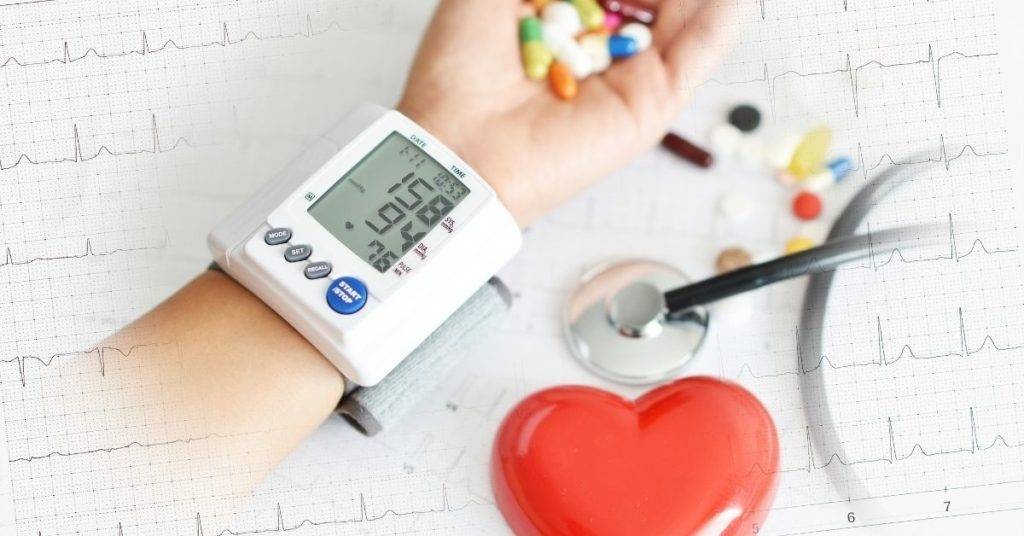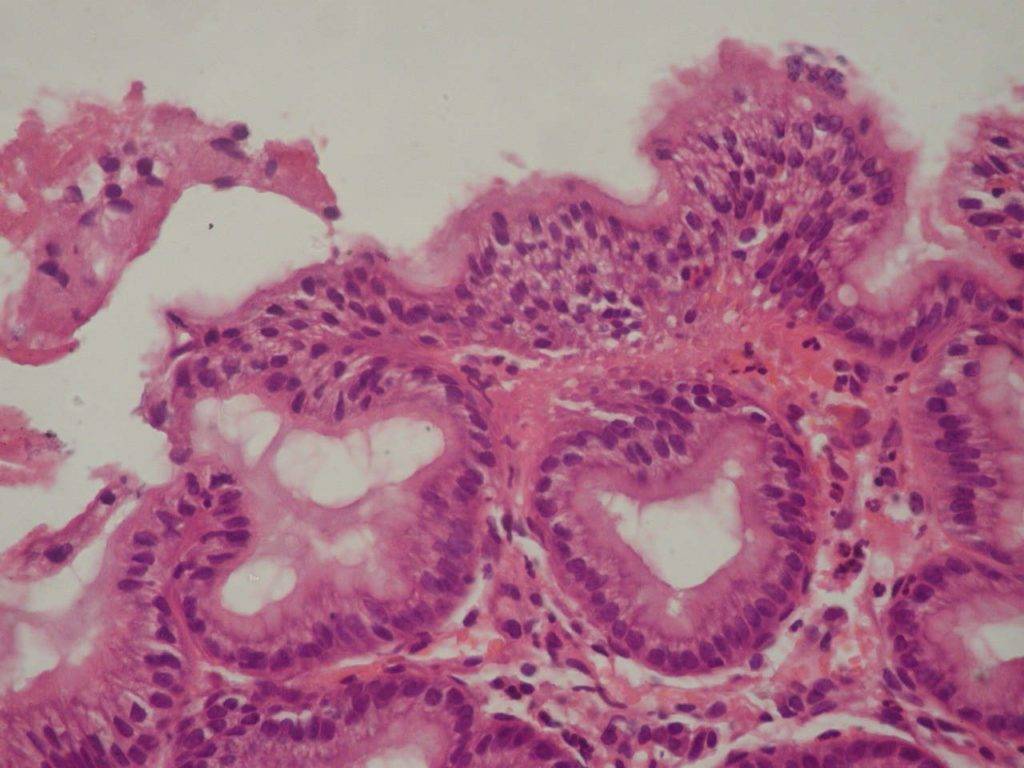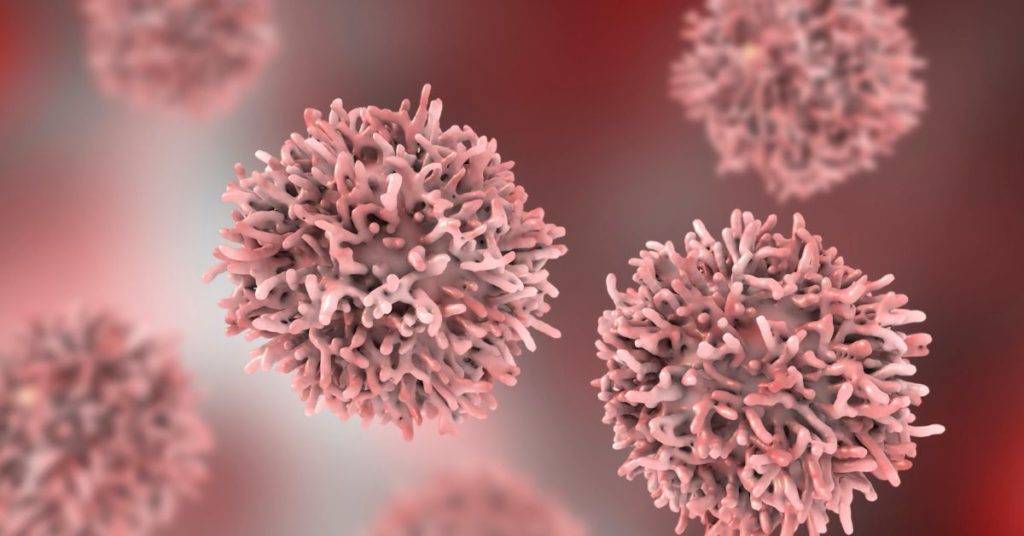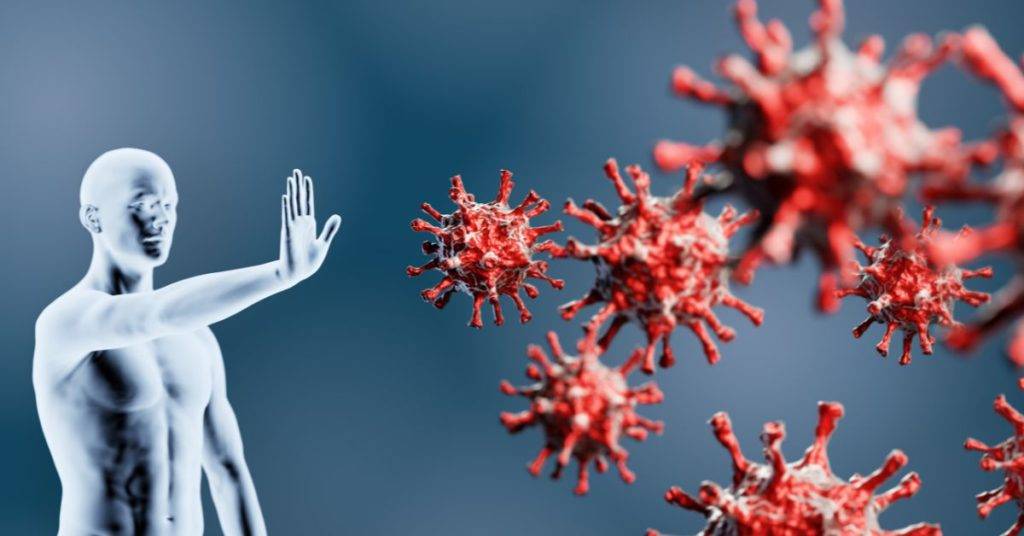Arterial Hypertension
Institute of Children and Adolescents Health Care of the Ukrainian National Academy of Medical Sciences, Ukraine
Introduction: Progression of arterial hypertension (AH) and development of complications occurs under the influence of various aggressive factors that impact both directly and indirectly through the formation of endothelial dysfunction, which is a marker of cardiovascular complications. The prevalence of childhood hypertension is rising in parallel with global increases in the prevalence of overweight and obesity, which is associated with premature cardiovascular complications.
Purpose: This study aimed to evaluate the significance of risk factors leading to stabilization and progressive development of AH in adolescents depending on body weight.
Materials and methods: AH was studied in 120 adolescents 13–18 years of age, who were divided into 3 groups according to body mass index (BMI). The first group included 43 teenagers with hypertension and normal weight (BMI not greater than 85‰), the second—25 peers with overweight (BMI ranged from 85–97‰), and the third group—52 teenagers with obesity (BMI greater than 97‰). We assessed: serum level of endothelin-I, inflammatory markers (C-reactive protein [CRP], interleukin-6 (IL-6), TNF-α), microalbuminuria (MAU), as well as resting and 24-h blood pressure monitoring, cardiac ultrasound. Endothelial function was evaluated according to the method of D.S. Celermajer, (1992).
Results: In patients with normal body weight, AH was recorded from 38.7% to 35.6% of the time of day, significantly exceeds its density as adolescents with excessive body weight (from 27.4% to 24.4%) and with obesity (from 28.1% to 26.6%, prevailing at night; p < 0,001). It was revealed that in adolescents with hypertension, as the body weight increases, myocardium is restructured with the involvement of the left and right heart ventricles and left atrium, with the development of myocardial hypertrophy (eccentric, concentric remodeling). Indicators of endothelial dysfunction showed that the gain of brachial artery diameter was below 10% in 41.0% adolescents 1st group, in 48.6% patients 2nd group, and in 70.0% patients with obesity (p < 0.01).
We found that the average of endothelin-I was significantly higher in adolescents with obesity 0.95 ± 0.12 pmol/l compared with healthy peers 0.69 ± 0.03 (p < 0.001). Values of interleukin-6 and TNF-α in adolescents with hypertension in the presence of overweight and obesity were higher as compared with the control group, but did not reach the level of reliability and showed no significant difference depending on the body weight.
CRP indicators in adolescents with hypertension increased significantly from the group with normal body weight 1.26 ± 0.22 mg/l to the group with excess weight (2.73 ± 0.66; p < 0,01) and obesity (7.45 ± 1.62; p < 0.001). The level of MAU was significantly higher in adolescents with normal body weight compared with obese peers (33.59 ± 4.53 vs. 24,464,13 mg\l; p < 0.01).
Conclusion: Consequently, in adolescents with AH and overweight, but especially in those with obesity, we found an increase in the level of the most powerful factor vasoconstriction—endothelin- 1, as well as systemic factors of subclinical inflammation CRP. This fact determines the formation of endothelial dysfunction in this category of adolescents, promoting stabilization and progression of the AH with the development of maladaptive myocardial remodeling (hypertrophy).
If you liked this article, please comment below and subscribe to our newsletter to stay up to date.





